How successful are Kentucky players in the NBA?
I’m sure you have probably either seen or heard this infamous clip from good ole’ Colin Cowherd which came out a few years ago:
— Colin Cowherd (@ColinCowherd) February 21, 2017
Whew. Okay, let’s all just take a deep breath here.
After all, seeing a clip on this website of all places that says UK is the “University of Underwhelming at Lexington” and that it’s “the one university in the empirical brands of college basketball that hasn’t gotten it done at the pro level” is….a lot to take in.
Of course, this clip dropped way back in the distant reality that was 2017. A lot has happened since then. With the NBA soon making its (likely?) return, I found myself again thinking about Cowherd’s tirade against all things Kentucky. I found myself asking, “This opinion seems so outlandish…could he actually have been on to something? Just how good are UK players at the next level?”
So on down the rabbit hole I went. I found some interesting surprises, but more importantly I found what I think are pretty definitive answers to my question.
The Method
First off, this exercise only looks at players drafted to the NBA starting from the beginning of the John Calipari era at Kentucky (starting with the 2010 Draft). I believe looking at this from a modern standpoint is the most effective way to judge just how true this narrative against Kentucky currently is.
Sorry, but I don’t believe judging how successful Wildcats who played in the NBA in the 1980’s paints a currently accurate picture. Besides, Calipari has been very open on how his primary goal is getting his players ready to succeed at the next level. So, it’s doubly important to see how successful his system is.
To truly see how successful Wildcats are in the pros, they need to be compared to other schools. Going by Cowherd’s logic, I used the other Blue Bloods of the sport who are also widely viewed as the “empirical brands”: North Carolina, Kansas, and of course Duke.
And yes, I looked at EVERY single player drafted during this span from each of the four schools in question. It doesn’t matter how late in the draft they were selected or how big of a bust they were, as long as they were drafted, they were used in this study.
For clarity, Kentucky has had 38 (!) players drafted since the 2010 Draft while UNC has had 15 draftees, Kansas has had 18, and Duke with 23 draft picks.
Next, I threw team success at the next level (wins, championships) out of the equation in favor of advanced metrics. I believe defining success at the next level should be based on just how responsible a given player is to their overall team success even if that team doesn’t win very much.
This takes care of the point that UK players don’t make it far in the NBA playoffs because they get picked by terrible franchises at the top of the draft every year.
Put another way, who is the better NBA player? Karl Anthony-Towns or Harrison Barnes?
Towns is putting up insane numbers in the pros and is the main reason why his team wins games even with the Timberwolves being a terrible franchise. Barnes has never been anything more than an above-average role player who lucked up and was on the franchise of the decade in the Golden State Warriors.
Karl-Anthony Towns is the greatest big man shooter of all-time. His combination of versatility, efficiency and volume is unmatched.
He's shot 41% from 3 on 917 attempts over the past 3 seasons. pic.twitter.com/TW19aXZ4YR
— Jackson Frank (@jackfrank_jjf) June 11, 2020
Obviously, Barnes shouldn’t be viewed as the better player just because he has a ring. Instead, the better player should be the guy who advanced metrics prove is the most valuable to accumulating team success (i.e. wins).
The advanced metrics used in this exercise were Player Efficiency Rating (PER), Win Shares (WS), and Win Shares Per 48 Minutes (WS/48). In short, PER measures just how efficient a player is in their overall production regardless of their overall minutes played, WS is the number of overall wins contributed by a player across their entire career, and WS/48 is the estimate of wins contributed by a player per 48 minutes played.
If these measurements are still hard to understand, here are some examples. Basketball Reference.com defines that the league average WS/48 is exactly .100, and the league average for an individual’s PER is 15. WS is a more fluid stat, but through my research I’ve found that players who account for around 20 wins in their careers usually have long stays as role players in the league.
If you need more of a visual aid, Michael Jordan is the all-time leader in WS/48 at .2505 and career PER at 27.91 while Kareem Abdul-Jabbar is the all-time leader in WS at 273.41. LeBron James ranks in the top 4 in all three categories. So, yes, these three advanced metrics are pretty darn good at evaluating success in the NBA.
Finally, I found the overall average for each school’s drafted players since 2010 across all three statistical categories separately just in case there were any differences or any overlapping conclusions.
I firmly believe going by averages is the most fair way to do this. Doing so considers every single bust, all-star, and role player each school has provided the NBA. If we really want to judge which programs’ players are the most successful then the full, overall picture needs to be given.
Now that we have overcome all of the fancy mumbo-jumbo, let’s finally get to what you came here for. It’s time for answers.
The Results
UK Draftees Average WS/48: 0.084 (1st) Average WS: 14.5 (1st) Average PER: 14.28 (1st)
Duke Draftees Average WS/48: 0.075 (3rd) Average WS: 10.23 (2nd) Average PER: 13.89 (2nd)
UNC Draftees Average WS/48: 0.073 (4th) Average WS: 9.12 (3rd) Average PER: 12.22 (4th)
Kansas Draftees Average WS/48: 0.076 (2nd) Average WS: 7.9 (4th) Average PER: 12.9 (3rd)
Takeaways
Well, well. It appears that Colin Cowherd’s infamous take couldn’t be further from the truth found here. In fact, it’s the exact opposite from the actual reality.
Not only does Kentucky produce better NBA players on average when compared to the other major Blue Bloods of the sport, but there is a considerable gap between the Wildcats and everyone else. Remember, this is the overall average from all players drafted. Saying, “Well, UK is only that much better because they have so many players get drafted,” is simply inaccurate.
If anything, the high volume of picks from Kentucky hurts the Wildcats’ averages considering that they have double the amount of pure draft busts as compared to UNC. But that only tells half of the story for both programs which is why averages matter so much in this exercise.
Anyways, I think the most important thing I found is that while UK leads by a very wide margin since 2010, the Blue Devils have been gaining considerable ground. Starting in 2016, things begin to flip-flop between the two schools.
With guys like Brandon Ingram, Jayson Tatum, and Zion Williamson trending upwards in a big way in the league, Duke’s numbers have taken a leap in recent years. Kentucky has still produced productive guys in the league during that time (Bam Adebayo, Shai Gilgeous Alexander), but there have been a few more misses than big hits.
https://twitter.com/MjsGoat/status/1281275345828827141?s=20
The biggest reason why there is such a large gap is because of sheer consistency. Sure, there seems to always be a bust in every draft class from Kentucky. However, there is also always someone who is at least a borderline star in the league.
On the other hand, the other three schools have went a few years at a time where they produced players who at the very least underwhelmed in the pros. Look at Kansas for example. Here are their following draft picks between 2013 and 2015: Tyshawn Taylor, Thomas Robinson, Jeff Withey, Ben McLemore, and Andrew Wiggins. Yuck.
Sure, Kentucky is not immune to underwhelming draft classes. Look no further than 2013 where only Archie Goodwin and Nerlens Noel were drafted. Both have underwhelmed at the next level, but believe it or not, are three advanced metrics point to Noel being a better pro than Kansas’ Wiggins.
Nerlens Noel PER: 17.5 WS: 21.4 WS/48: .131
Andrew Wiggins PER: 14.7 WS: 15.0 WS/48: .044
Wiggins may have scored more points than Noel has in their pro careers, but Noel has played the game more efficiently while also helping out his respective teams win more. Surprise! There is more to the game than just shooting the basketball a lot.
nerlens noel blocked a lot of shots in his one (truncated) college season pic.twitter.com/xtqr3tRWrs
— J. Kyle Mann (@jkylemann) July 14, 2020
Another thing that really stuck out is how much Anthony Davis and Karl Anthony-Towns boosted Kentucky’s profile. Advanced metrics love the UK big guys. Davis is actually 11th All-Time in WS/48 at .219. If he keeps up his present pace for another 5-6 years (which isn’t asking a lot since he is only 27 years old) then he will easily have an overall statistical profile of one of the 20 best players in NBA history.
Anthony-Towns’ career is a bit younger than Davis’, and he hasn’t won anywhere near as many games. However, he has the highest WS/48 average (.197) out of anyone drafted since 2015 who has played in at least 130 games.
The Timberwolves may be terrible, but it’s quite incredible just how responsible Anthony-Towns is for any success that franchise has encountered since he was drafted.
Also, it’s no real surprise that Kentucky leads each category by a decent margin when you consider how many all-star games players from each school have played in during this time span: UK 20, Duke 8, Kansas 3, and UNC a whopping ZERO (!) games.
Overall, it’s still fair to say that for all the great players Kentucky has produced over the past decade there have also been plenty of busts. After all, the advanced metrics say that the average player drafted from Calipari’s program is slightly below average in the league.
And it’s also true that none of the Wildcats used in this study have meaningfully contributed to an NBA championship over the last 10 years (good chance Davis changes this sentence this summer).
So, if you want to say that Duke or North Carolina’s players are more successful in the pros because Barnes played with Steph Curry and Klay Thompson while Kyrie Irving played with the guy who is widely considered the best basketball player to ever walk the Earth, be my guest and say so.
Be my guest and say Kentucky players aren’t successful in the pros like Cowherd did.
All I ask is that you at least be honest about all of the evidence you are choosing to ignore.

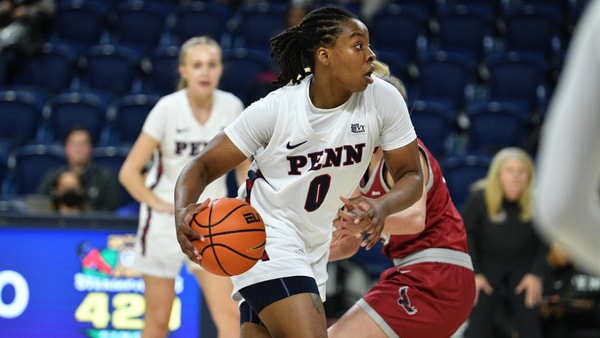
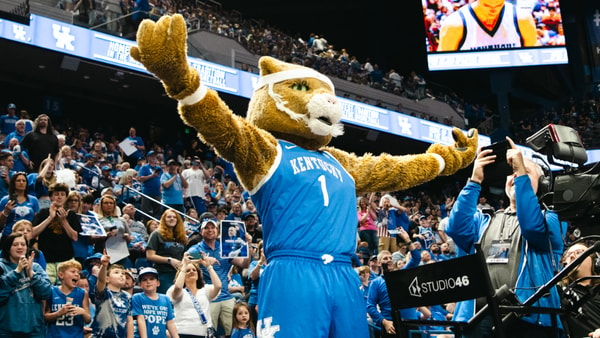
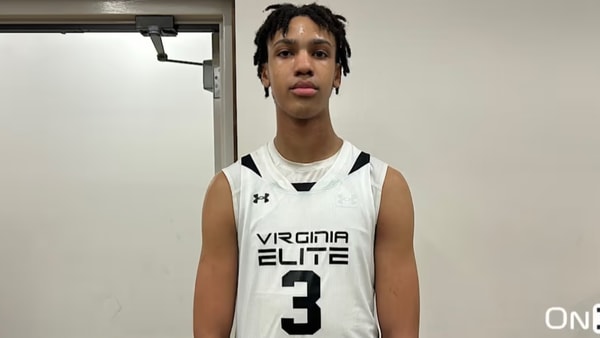
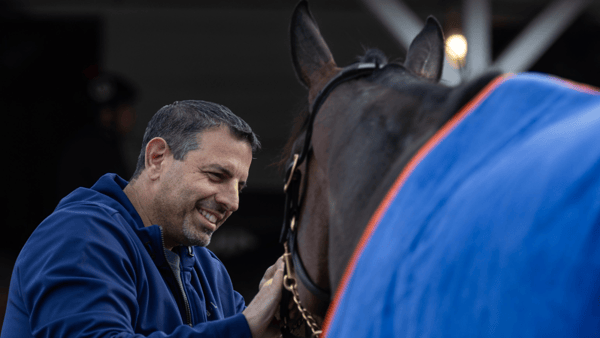
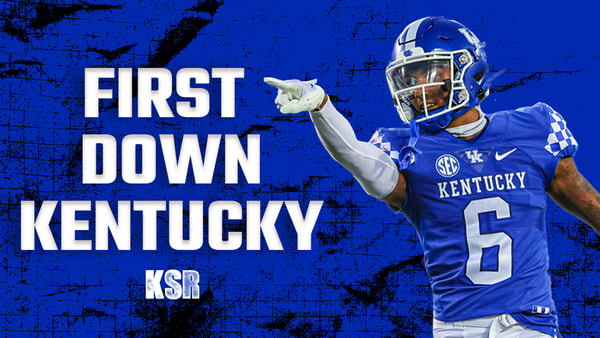


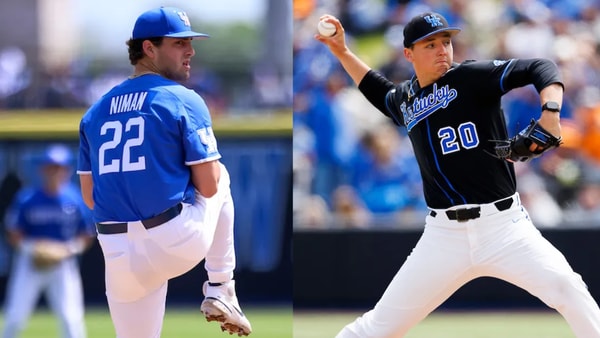
Discuss This Article
Comments have moved.
Join the conversation and talk about this article and all things Kentucky Sports in the new KSR Message Board.
KSBoard